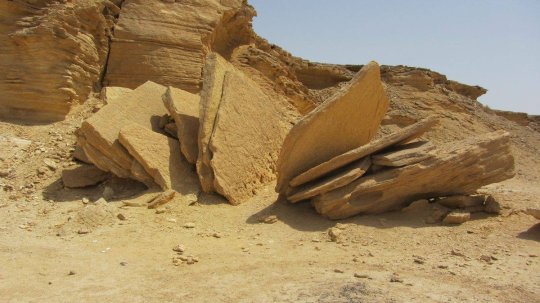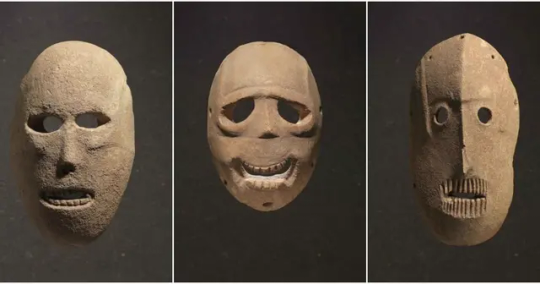#judean
Text


Always bet on the Rogudeans @p-pooky
10 notes
·
View notes
Text

Dear friends and family, everyone is interested in the funeral of Segev and Anita (can't believe I'm writing this because of so many tears I don't see what I'm writing) difficult days for us, still waiting painfully to receive the children for the burial so there is no date when we will be informed. BDE.
#secular-jew#israel#jewish#judaism#israeli#jerusalem#diaspora#secular jew#secularjew#islam#islamists#gaza#hamas#palestine#tel aviv#judean#samaria#judea#terrorism#terror#terrorist#10 7 23
9 notes
·
View notes
Text
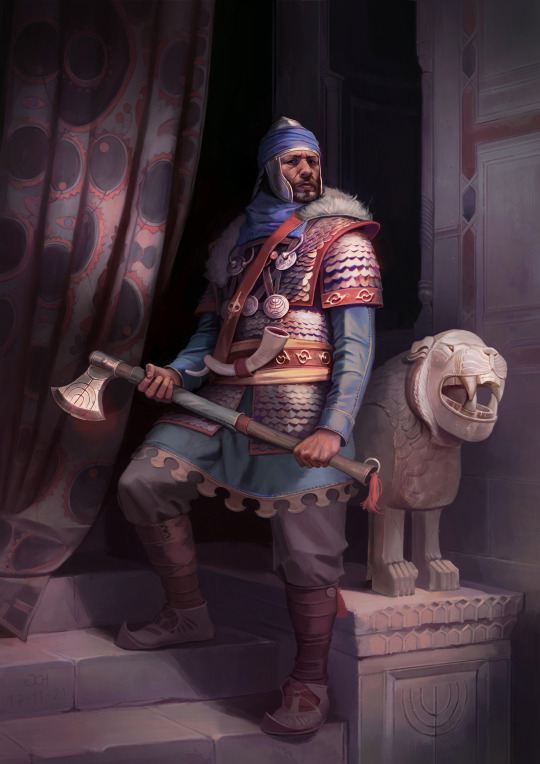
Painting I made a bit more than a year ago, a Temple Guardian from ancient Judea.
I took heavy inspiration from painter Ludwig Deutsch, a major driving force throughout the process that inspired me to set the mood and overall apparel.
Hope you like it!
Best wishes for the new year!
Joel
#Jewish#judean#warrior#armor#knight#israel#israelite#massachusetts#dungeons and dragons#rpg#board games#tabletop games#game art#fantasy painting#fantasy art#digital art#digital painting#concept art#concept design#character design#ancient history#medieval
23 notes
·
View notes
Text
New technology has allowed scientists to discover fascinating details about the life of a Judean shepherd that lived and died around 6,000 years ago.
55 notes
·
View notes
Text
This is a really exciting discovery! Firstly, this cache of Roman swords dates to around the time of the Bar Kokhba Revolt, the last Judean revolt against Roman rule. It was a major uprising led by Bar Kokhba, who many believed was the messiah and had come to win the Judean independence. The result was, unfortunately, a near-total Roman victory that cost the lives of perhaps 400,000 Judeans, with another 200,000 captured and either expelled or sold into slavery. Judea was drastically depopulated, and Jews were banned from entering Jerusalem, save for Tisha B'Av. It also solidified the firm separation of Christianity from Judaism.
What's interesting (at least to me) about these swords are that, if they are indeed from the Bar Kokhba Revolt, they pre-date our current examples of their use by the generalized Roman Army. Three of them are spathas, a type of sword that is longer than the traditional gladius, and which replaced it in the 3rd Century CE onwards. Prior to that, the spatha was mainly used by Celtic and Germanic warriors/mercenaries. The fourth sword is a shorter ring-pommeled sword, which was very rare to see anywhere outside western Europe at the time. It was most common in Romanized Germania. So it might not be a stretch to say this particular cache was procured (most likely stolen or acquired during a raid) from German Auxiliaries - though I'm no expert on this, and if I'm wrong, please correct me.
I love Roman finds that express the true width and span of the Roman Empire.
0 notes
Photo
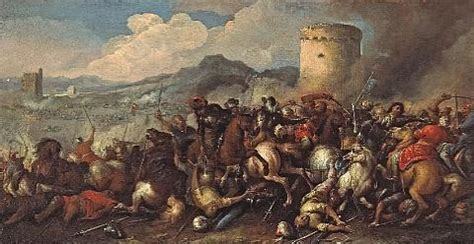
We have good news of freedom in Christ for them, not merely a word of God’s righteous judgment on their sins. Nonetheless, should they refuse the gospel, there remains the awful reality of a judgment to come that is far worse than anything that befell the Judeans in the siege and fall of their city to the Babylonians. They must flee to Christ as their only refuge if they are to escape the “wrath to come” (1 Thess. 1:10). ~ Iain M. Duguid
1 note
·
View note
Photo

#part #3 #photos #credit #to #my #bros @ajsaceda @jorick_sison #and #to #the #greatest #host #our #bro @PabbieConejos #reunion #with #the #boys #judean #2002 #lasvegas 🎰🎲🃏 (at Las Vegas, Nevada) https://www.instagram.com/p/CiJ5n3rOUqB/?igshid=NGJjMDIxMWI=
#part#3#photos#credit#to#my#bros#and#the#greatest#host#our#bro#reunion#with#boys#judean#2002#lasvegas
0 notes
Text
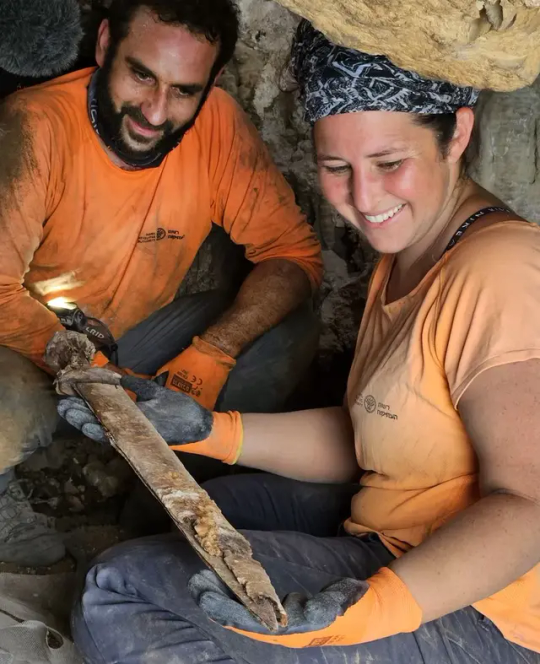

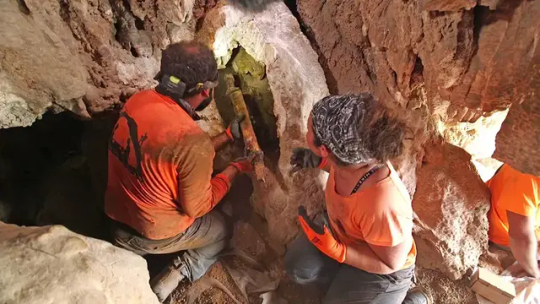
Four 1,900-Year-Old Roman Swords Found in a Judean Desert Cave
Apparently stolen by Jewish rebels, the incredibly well-preserved weapons are ‘an extremely rare find, the likes of which have never been found in Israel’
Archaeologists have discovered four 1,900-year-old Roman swords in a cave in the Judean Desert, which experts believe were captured by the Judean rebels during the Bar Kochba revolt and placed in a narrow crevice in the rock.
“We’re talking about an extremely rare find, the likes of which have never been found in Israel,” Dr. Eitan Klein, one of the directors of the Israel Antiquities Authority’s Judean Desert Survey, said in a video accompanying the announcement of the discovery. “Four swords amazingly preserved, including the fine condition of the metal, the handles, and the scabbards.”
The preliminary article on the swords is published in the volume “New Studies in the Archaeology of the Judean Desert: Collected Papers,” which explores new archaeological finds discovered in the Judean Desert Survey Project. A conference launching the book is taking place Wednesday in Jerusalem.
The four swords were discovered shoved into a small fissure in a cave near Ein Gedi National Park, near the Dead Sea. The cave is already well-known to archaeologists, as it contains a stalactite with a fragmentary ink inscription written in ancient Hebrew script characteristic of the First Temple period.
Recently, Dr. Asaf Gayer of Ariel University, geologist Boaz Langford of Hebrew University, and Israel Antiquities Authority photographer Shai Halevi returned to the cave to photograph the stalactite with multispectral photography, which can decipher additional parts of the inscription not visible to the naked eye. While inside the cave, Gayer spotted an extremely well-preserved Roman pilum — a shafted weapon — in a deep, narrow crack in the rock. He also found pieces of carved wood in an adjacent niche that turned out to be parts of the swords’ scabbards.
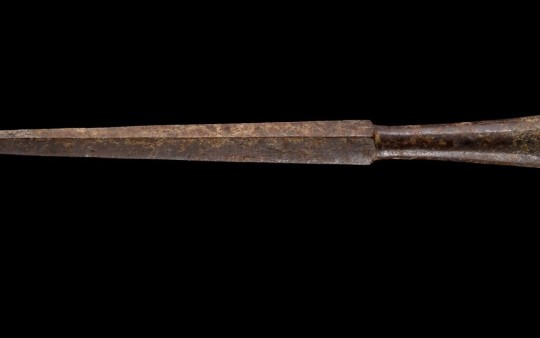
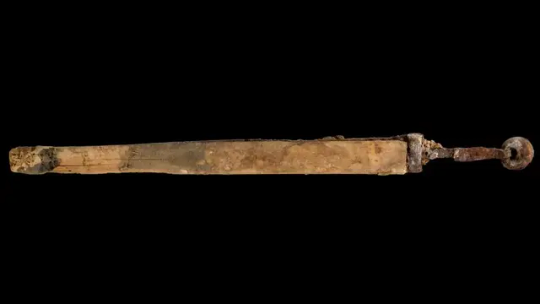



The researchers reported the find to the Israel Antiquities Authority and returned to the site with the Judean Desert Archaeological Survey Team, which is conducting a multi-year comprehensive survey of more than 800 caves in the Judean Desert to find and preserve archaeological remains before they are looted.
It was then that they discovered the four swords, three of which were found with the blades still inside their scabbards. Researchers also found ornate handles made of wood and metal with leather strips nearby. The arid climate in the Judean Desert helps preserve fragile artifacts that might otherwise be lost to the ravages of time, including materials such as leather and wood, which are rarely found in wetter parts of the country.
Three of the swords are Roman spatha swords, with blades 60 to 65 centimeters (23.5 to 25.5 inches) long. The fourth weapon, a ring-pommel sword, is shorter, with a 45-centimeter (18-inch) blade. The swords likely belonged to Roman soldiers and were stolen by Judean rebels who hid them in a cave either for later use or to avoid being caught with them.
“The blades have been preserved so well, they look like they could be picked up and used right now, even 2,000 years after they were forged,” said Langford. “You just realize that you are touching history, because here you are touching a find whose story you know.”
The Bar Kochba revolt, from 132 to 135 CE, also called the Second Jewish Revolt, was a Jewish rebellion against Roman rule in Judea led by rebel leader Simon Bar Kochba. Archaeologists believe the swords were likely hidden in the crevices inside the cave sometime during the revolt, as it was dangerous for Jews to be found with Roman weapons.
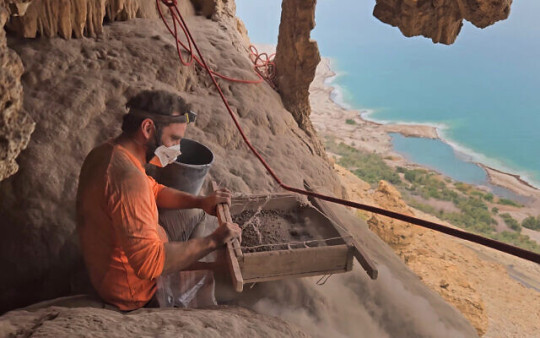
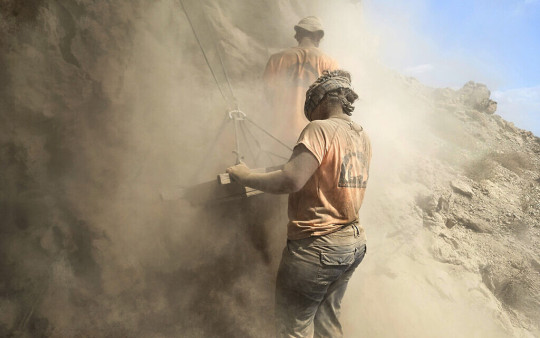
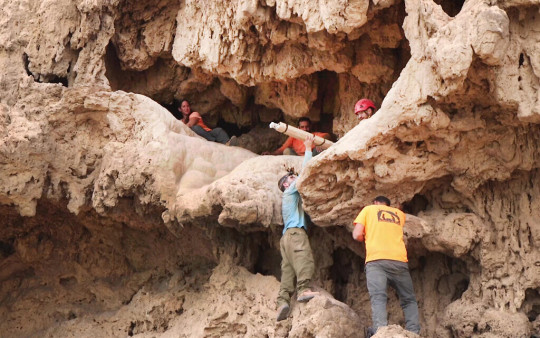
“This is a very rare and unique find on an international level that will shed light on the last moments of the war between the Jewish rebels and the Roman army at the time of the Bar Kochba revolt,” said Klein.
‘A unique time capsule’
The cave survey is being undertaken by the IAA in cooperation with the Archaeology Department of the Civil Administration in Judea and Samaria, and has been funded in part by the Ministry of Jerusalem Affairs and Heritage. Each body allocated about a third of the project budget.
Earlier this year, archaeologists carrying out the Judean Desert cave surveys discovered a rare half-shekel coin minted by the Bar Kochba underground economy.
The cave survey started in 2017 and helped archaeologists discover at least 20 new caves they had not previously known. In 2021, archaeologists announced that one of the caves contained previously undiscovered fragments of the Dead Sea Scrolls, some 60 years after the last pieces of the Dead Sea Scrolls were discovered.

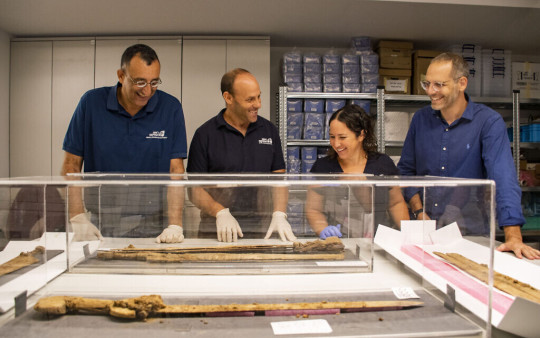
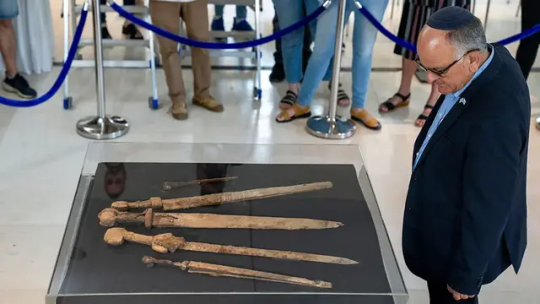
Following the discovery of the swords, archaeologists carried out an extensive excavation of the cave, discovering artifacts from the Chalcolithic period (around 6,000 years ago) and the Roman period (around 2,000 years ago). At the entrance to the cave, researchers found a Bar Kochba bronze coin from the time of the revolt that could help pinpoint the dates when the weapons were hidden.
“This is a dramatic and exciting discovery, touching on a specific moment in time,” said Eli Escusido, director of the Israel Antiquities Authority.
Noting that not all are aware that the dry climatic conditions in the Judean Desert enable the preservation of artifacts that do not survive in other parts of the country, Escusido called the area a “unique time capsule” where it is possible to find “fragments of scrolls, coins from the Jewish Revolt, leather sandals — and now even swords in their scabbards, sharp as if they had only just been hidden away today.”
By Melanie Lidman.
#Four 1900-Year-Old Roman Swords Found in a Judean Desert Cave#Ein Gedi National Park#Judean Desert Survey#Dead Sea#Bar Kochba revolt#roman swords#roman weapons#ancient artifacts#archeology#archeolgst#history#history news#ancient history#ancient culture#ancient civilizations#roman history#roman empire#ancient Israel#Israel history#long reads
349 notes
·
View notes
Text

Woith every p-p-p-penny
#amelek#amalekite#Jewish#judean#Israelite#isreal#Jews#who framed roger rabbit#wfrr#roger rabbit#toon#meme#toonblr
8 notes
·
View notes
Text
Hasan Sayad Huadri’s assassin has been identified by the Iranian authorities.

Very recently, a senior IRG Iranian terrorist was killed. The Iran Regime is all in a tizzy, as you can imagine, grasping at straws. After significant gumshoe detective work, Iran has released the name and picture of the person they believe to be the assassin: Tamar Rabinyan, an Israeli citizen. Only problem is, Tamar Rabinyan (the person pictured) is an Israeli actress on the IsraeliTV series (on Apple TV) called “Tehran.” Her real name is Niv Sultan.
She can come assassinate me tonight!
#iran#iranian#assassination#IRG#Hasan Sayad Huadri#niv sultan#tamar rabinyan#israel#israeli#judea#samaria#jerusalem#judean#judaic#judaism#secular-jew#follow secular-jew
13 notes
·
View notes
Text


#israel#palestine#hoes mad they commited ethnic cleansing and r now enjoying its juicy fruits#and that they cannot pull out a single 'palestinian artifact' from the ground#but judean and israeli artifacts hide in every nook and cranny of the soil#sorry tamarrud but this has to be ur biggest L yet!
104 notes
·
View notes
Text
Pinchas ben Paltiel, a teenage Judean in King David's militia that got bit by the spider that saved David's life and now Pinchas has spider powers, is that something?
147 notes
·
View notes
Text
I love the idea of people leaving things in caves for safekeeping and then just never returning or never being able to return.
83 notes
·
View notes
Text
The Judean Date Palm, which once covered much of Israel was extinct by the Middle Ages. Amazingly, in 2005 a team of scientists managed to resurrect this once prized tree.
78 notes
·
View notes

